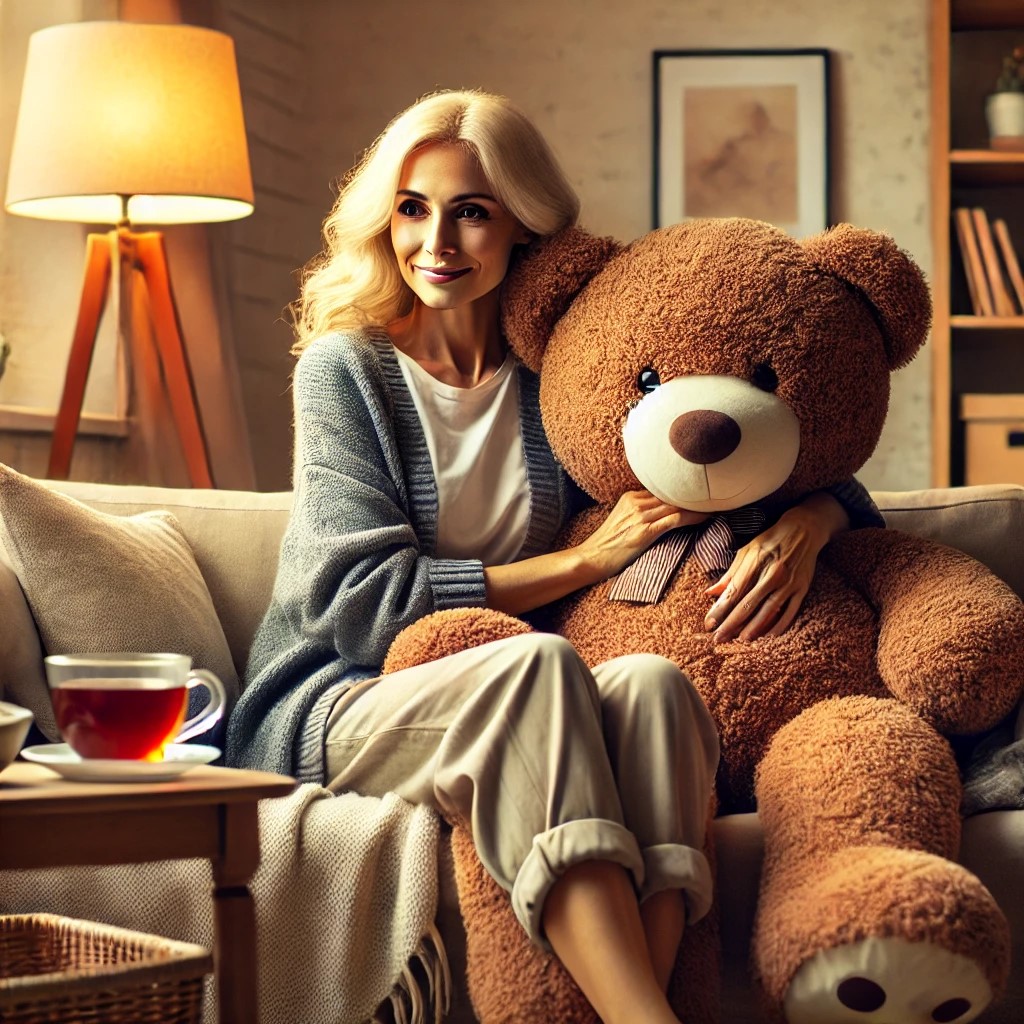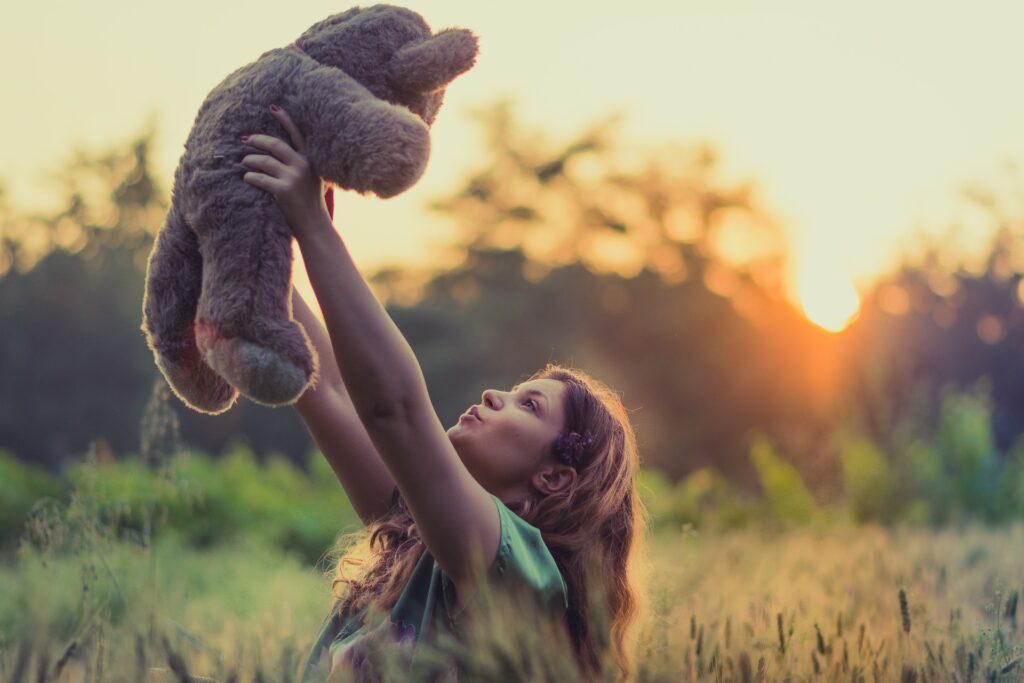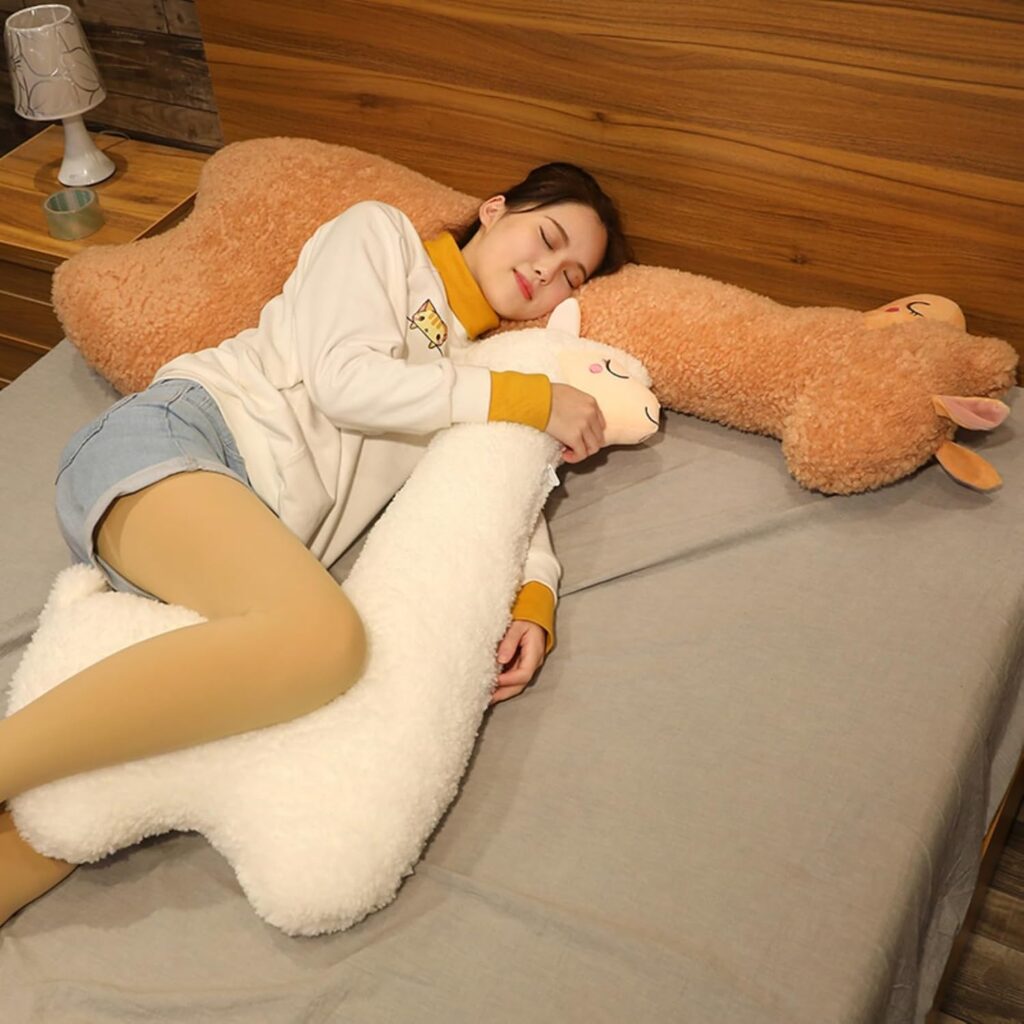
In recent years, there has been a notable resurgence in the popularity of stuffed animals among adults, a phenomenon often referred to as the “Adult Stuffed-Animal Revival.” This trend reflects a shift in societal perceptions, where plush toys are no longer seen solely as children’s playthings but are embraced by adults for various reasons, including emotional comfort, nostalgia, and even as fashion statements.
Historical Context
Stuffed animals have a rich history dating back to the late 19th and early 20th centuries. The first known commercially available stuffed toy was a felt elephant sold as a pincushion by Margarete Steiff in 1880. The early 20th century saw the creation of the iconic teddy bear, inspired simultaneously by President Theodore Roosevelt’s bear-hunting anecdote in the United States and by Richard Steiff’s designs in Germany. These toys quickly became beloved companions for children and symbols of comfort.
.

.
The Modern Revival of Adult Stuffed-Animal
Today, the appeal of stuffed animals has transcended age boundaries. Surveys indicate that a significant portion of adults maintain a fondness for these plush companions. For instance, a 2017 survey commissioned by Build-A-Bear Workshop found that out of 2,000 adults who have had a stuffed animal, 40% said they sleep with a “stuffy.” This statistic underscores the enduring emotional connection many adults have with their stuffed animals.
Emotional and Psychological Factors
The reasons behind this adult affinity for stuffed animals are multifaceted. Psychologically, stuffed animals can serve as “transitional objects,” providing comfort during times of stress or change. Touching soft objects has been shown to reduce cortisol levels, thereby alleviating stress. Weighted and aromatherapeutic stuffed animals are specifically designed to help relieve stress, offering a double dose of comfort.
Additionally, for some adults, stuffed animals are associated with nostalgia and a longing for the simplicity of childhood. They can evoke memories of a time when life was less complicated, providing a sense of security in an increasingly complex world.
Cultural Acceptance and Representation
The cultural acceptance of adults owning Adult Stuffed-Animal has grown, with media outlets featuring stories of adults who openly cherish their plush companions. For example, a 2022 article in The Guardian highlighted adults aged 27 to 72 who have cuddly toys, emphasizing that such comfort objects are not limited to children. This broader acceptance reflects a societal shift towards recognizing the importance of mental health and self-care, allowing adults to seek comfort in ways that might have been stigmatized in the past.
Commercial Trends and Market Growth
The adult stuffed-animal revival has also influenced market trends. Brands like Jellycat have experienced a surge in popularity, with their plush toys becoming highly sought after by both children and adults. Founded in 1999, Jellycat has grown into a multi-million pound company, creating unique and lovable toys that resonate with a wide audience. The global market for stuffed toys was estimated to be substantial in 2018, with growth in target consumers expected to drive sales upwards.
Furthermore, the rise of social media platforms has amplified the popularity of certain stuffed animals, turning them into viral sensations. For instance, Squishmallows, a line of plush toys known for their softness and variety of characters, have become a cultural phenomenon, with dedicated fan communities and significant online followings.
.

.
Fashion and Art
The influence of Adult Stuffed-Animal has extended into the realms of fashion and art. Designers have incorporated plush toys into their creations, blurring the lines between childhood nostalgia and adult expression. For example, fashion designer Chad Nazam gained attention for his unique creation of pants adorned with hundreds of tiny stuffed animals, which have been worn by celebrities and sparked public interest.
Conclusion
The Adult Stuffed-Animal Revival signifies more than a mere trend; it reflects a deeper societal shift towards embracing comfort, nostalgia, and emotional well-being. As cultural norms evolve, the acceptance of adults finding solace in stuffed animals highlights the importance of self-care and the universal need for comfort, regardless of age. Whether serving as companions during stressful times, collectibles, or fashion statements, stuffed animals have secured a cherished place in the hearts of many adults, reaffirming their timeless appeal.
Check out some Adult Stuffed-Animal on Amazon by clicking here.
.
.
